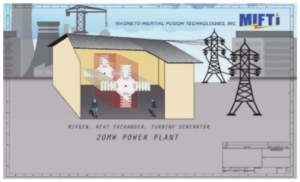“CALI From Above” TAKES OFF: US Nuclear’s Start-up Enters Huge New Market For Drones, Pilots, & Services
Los Angeles, CA. September 28, 2021 – US Nuclear’s (OTCQB: UCLE) new start-up company is Cali From Above and serves as a one-stop-shop for everything related to drones, thus entering the fast-growing, multi-billion-dollar drone dealer market.
Cali From Above’s main products and services include:
- Pilot training: Cali From Above has already trained numerous pilots at customer sites in numerous states, as well as providing virtual training for overseas clients.
- Trainees are from fire and police departments, homeland security, as well as industrial and commercial users.
- Drone pilot service contracts for supervising construction sites, regular inspections of solar panel and wind turbine power generators, survey contracts for inventory, safety, and orderly operation of large industrial, agricultural facilities or sites of all kinds.
- Drone sales: Cali From Above is an approved drone seller, offering a wide range of drone brands, models, and accessories.
- Special purpose drones designed to do much more than take pictures or videos:
Medical supplies and package delivery
Loudspeakers and spotlights
Patrol border crossings and shipping ports using the aerial detection of US Nuclear’s chemical, biological, and radiation sensors
Drone packages start at around $20,000 - Production of advertising content for realtors, home repair, builders, country clubs, and tour guides, to name a few.
Talking about the markets for drones and drone-related services, Bob Goldstein (CEO, Cali From Above) said: “It is estimated that there are 1.5 billion cars in the world and over 3 billion qualified drivers. My expectation is the number of drones and drone pilots will exceed the number of cars by 2030. Drones and UAVs are a fast-growing business and US Nuclear aims to ride that wave forward. In the past, USN has designed and manufactured most of the products it sells. However, that strategy can be a trap in this fast-changing and expanding world of drone designs and capabilities. For this reason, we have chosen a multifaceted business model, acting as drone dealers, pilots, and pilot trainers, this way we can stay agile and do very well.”
Cali From Above started operations in April 2021 and has already achieved consistent monthly revenue growth.
Website: https://www.califromabove.com/
Instagram: https://www.instagram.com/califromabove/?hl=en
Safe Harbor Act
This press release includes “forward-looking statements” within the meaning of the safe harbor provisions of the United States Private Securities Litigation Reform Act of 1995. Actual results may differ from expectations, estimates, and projections and, consequently, you should not rely on these forward-looking statements as predictions of future events. Words such as “expect,” “estimate,” “project,” “budget,” “forecast,” “anticipate,” “intend,” “plan,” “may,” “will,” “could,” “should,” “believes,” “predicts,” “potential,” “continue,” and similar expressions are intended to identify such forward-looking statements. These forward-looking statements involve significant risks and uncertainties that could cause the actual results to differ materially from the expected results.
Investors may find additional information regarding US Nuclear Corp. at the SEC website at http://www.sec.gov, or the company’s website at http://www.usnuclearcorp.com
CONTACT:
US Nuclear Corp. (UCLE)
Robert I. Goldstein, President, CEO, and Chairman
Rachel Boulds, Chief Financial Officer
(818) 883 7043
Email: info@usnuclearcorp.com

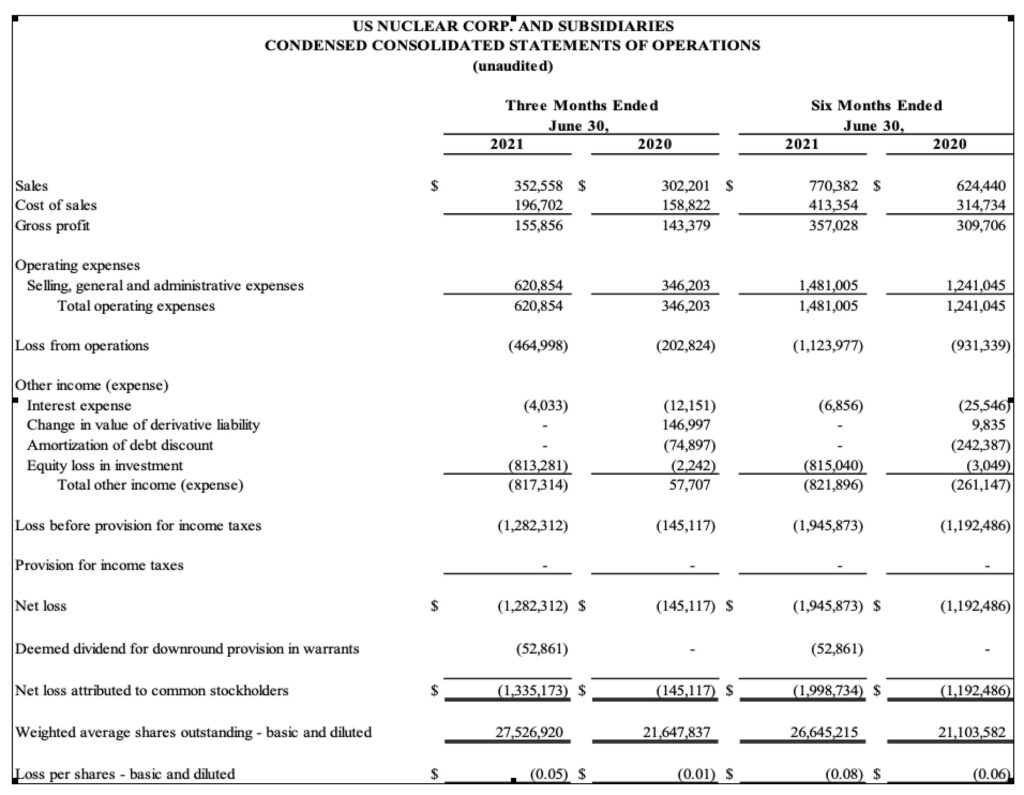 Robert Goldstein, CEO of US Nuclear Corp., commented:
Robert Goldstein, CEO of US Nuclear Corp., commented:
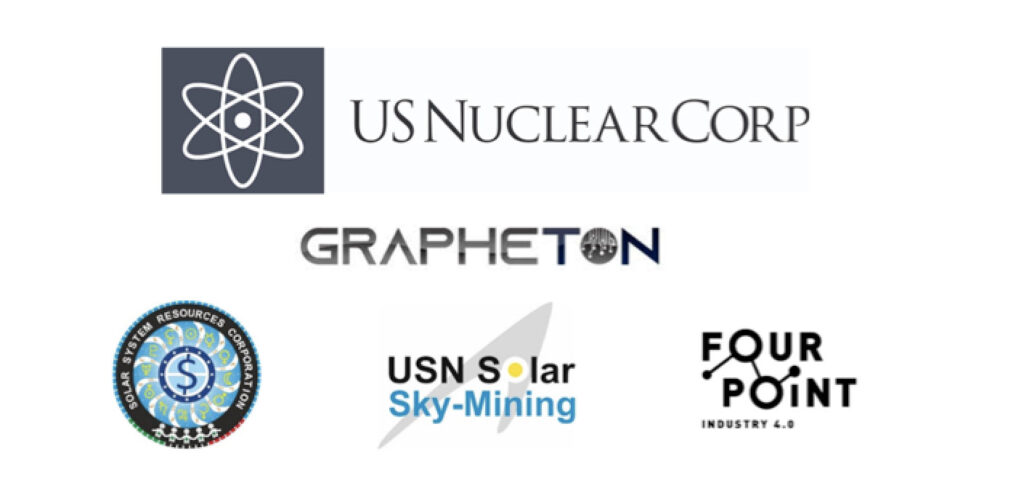
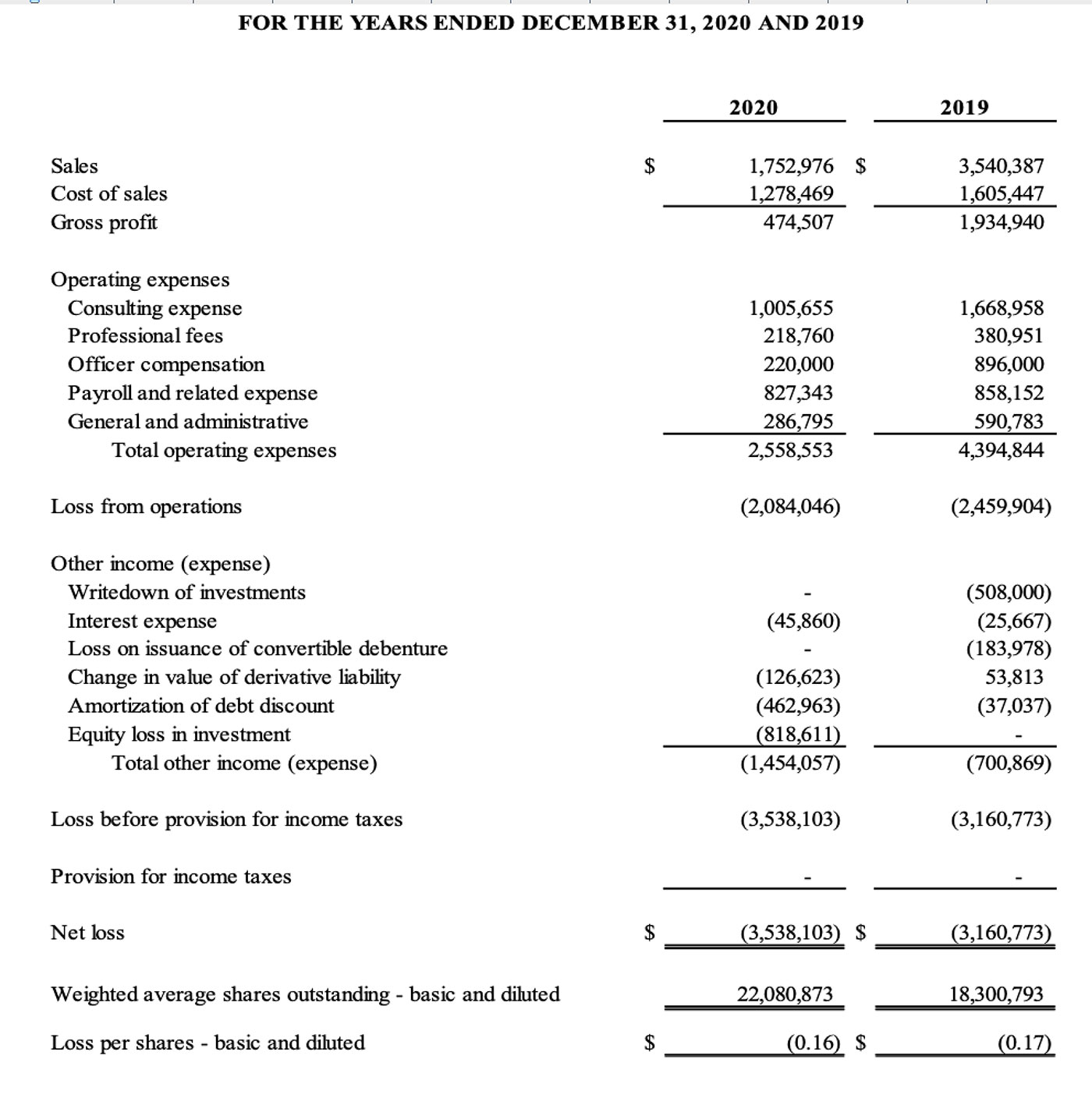
 Solar System Resources is a space mining company that conducts localization, in-situ verification, and mining of space resources. US Nuclear will cooperate with Solar System Resources and other partners to build a value chain starting with mining and selling valuable helium-3, lanthanide metals, and other vital or precious materials from space deposits.
Solar System Resources is a space mining company that conducts localization, in-situ verification, and mining of space resources. US Nuclear will cooperate with Solar System Resources and other partners to build a value chain starting with mining and selling valuable helium-3, lanthanide metals, and other vital or precious materials from space deposits.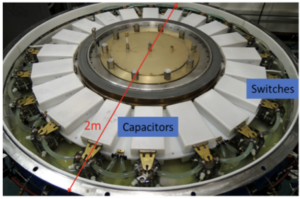 MIFTI has already achieved extraordinary success, repeatedly generating over 50 billion neutrons per pulse on a 1 MegaAmpere machine and achieving the required temperature, stability, and confinement time. Advanced computer simulation codes MACH2 and HYDRA predicted 50 billion neutron generation on MIFTI’s 1 MA machine, and MIFTI achieved those numbers repeatedly. Now, MACH2 and HYDRA predict that MIFTI’s 10 MegaAmpere machines will produce over 1,000 trillion neutrons per pulse, and once demonstrated, the transformation of our power production systems should ensue. In addition, MIFTI’s SZP thermonuclear fusion technology will have immediate utility for the cost-effective production of radiopharmaceuticals used in nuclear medicine through their MIFTEC division.
MIFTI has already achieved extraordinary success, repeatedly generating over 50 billion neutrons per pulse on a 1 MegaAmpere machine and achieving the required temperature, stability, and confinement time. Advanced computer simulation codes MACH2 and HYDRA predicted 50 billion neutron generation on MIFTI’s 1 MA machine, and MIFTI achieved those numbers repeatedly. Now, MACH2 and HYDRA predict that MIFTI’s 10 MegaAmpere machines will produce over 1,000 trillion neutrons per pulse, and once demonstrated, the transformation of our power production systems should ensue. In addition, MIFTI’s SZP thermonuclear fusion technology will have immediate utility for the cost-effective production of radiopharmaceuticals used in nuclear medicine through their MIFTEC division.